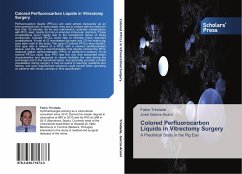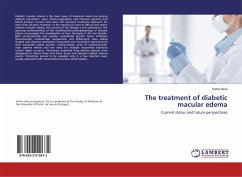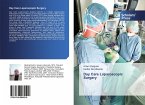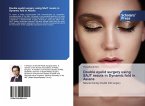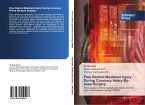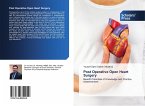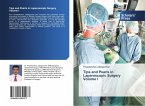Perfluorocarbon liquids (PFCLs) are used almost exclusively as an intra-operative tool. In most cases, they are in contact with the retina for less than 30 minutes. As for any intervention, potential complications with PFCL exist, mostly from its un-intended intraocular retention. These complications occur mainly due to the transparent nature of these compounds. Colored PFCLs could help to minimize these important complications. A total of 51 enucleated pig eyes and 20 live hybrid pig eyes were used in the study. Two types of colored PFCLs were studied. One type was a mixture of a PFCL with a colored semifluorinated alkane, and the other a new formulation that directly colored the PFCL molecule [either perfluorodecalin (PFD) or perfluoro-n-octane]. Of all colored PFCLs used, blue PFD was the one that presented better characteristics and appeared to clearly facilitate the view during the exchanges and in the subretinal space, and generally provided a better visualization during surgery. It may be useful in teaching residents and fellows, and even experienced surgeons could benefit when operating on patients with cloudy corneas or lens opacification.
Bitte wählen Sie Ihr Anliegen aus.
Rechnungen
Retourenschein anfordern
Bestellstatus
Storno

